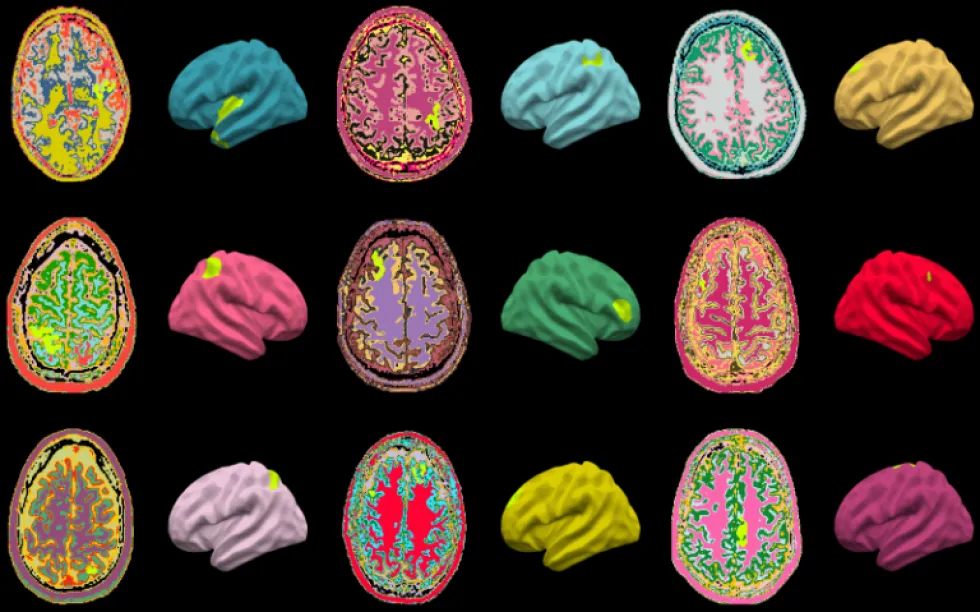The Multicentre Epilepsy Lesion Detection project (MELD) used over 1,000 patient MRI scans from 22 global epilepsy centres to develop the algorithm, which provides reports of where abnormalities are in cases of drug-resistant focal cortical dysplasia (FCD) – a leading cause of epilepsy.
To develop the algorithm, the team quantified cortical features from the MRI scans, such as how thick or folded the cortex/brain surface was, and used around 300,000 locations across the brain.
Researchers then trained the algorithm on examples labelled by expert radiologists as either being a healthy brain or having FCD – dependant on their patterns and features.
The findings, published in Brain, found that overall the algorithm was able to detect the FCD in 67% of cases in the cohort (538 participants).
Previously, 178 of the participants had been considered MRI negative, which means that radiologists had been unable to find the abnormality – yet the MELD algorithm was able to identify the FCD in 63% of these cases.
This is particularly important, as if doctors can find the abnormality in the brain scan, then surgery to remove it can provide a cure.
We put an emphasis on creating an AI algorithm that was interpretable and could help doctors make decisions. Showing doctors how the MELD algorithm made its predictions was an essential part of that process.Co-first author, Mathilde Ripart (UCL Great Ormond Street Institute of Child Health)
This algorithm could help to find more of these hidden lesions in children and adults with epilepsy, and enable more patients with epilepsy to be considered for brain surgery that could cure the epilepsy and improve their cognitive development. Roughly 440 children per year could benefit from epilepsy surgery in England.Co-senior author, Dr Konrad Wagstyl (UCL Queen Square Institute of Neurology)
Our algorithm automatically learns to detect lesions from thousands of MRI scans of patients. It can reliably detect lesions of different types, shapes and sizes, and even many of those lesions that were previously missed by radiologists.Co-first author, Dr. Hannah Spitzer (Helmholtz Munich)
We hope that this technology will help to identify epilepsy-causing abnormalities that are currently being missed. Ultimately it could enable more people with epilepsy to have potentially curative brain surgery.Co-senior author, Dr Sophie Adler (UCL Great Ormond Street Institute of Child Health)









